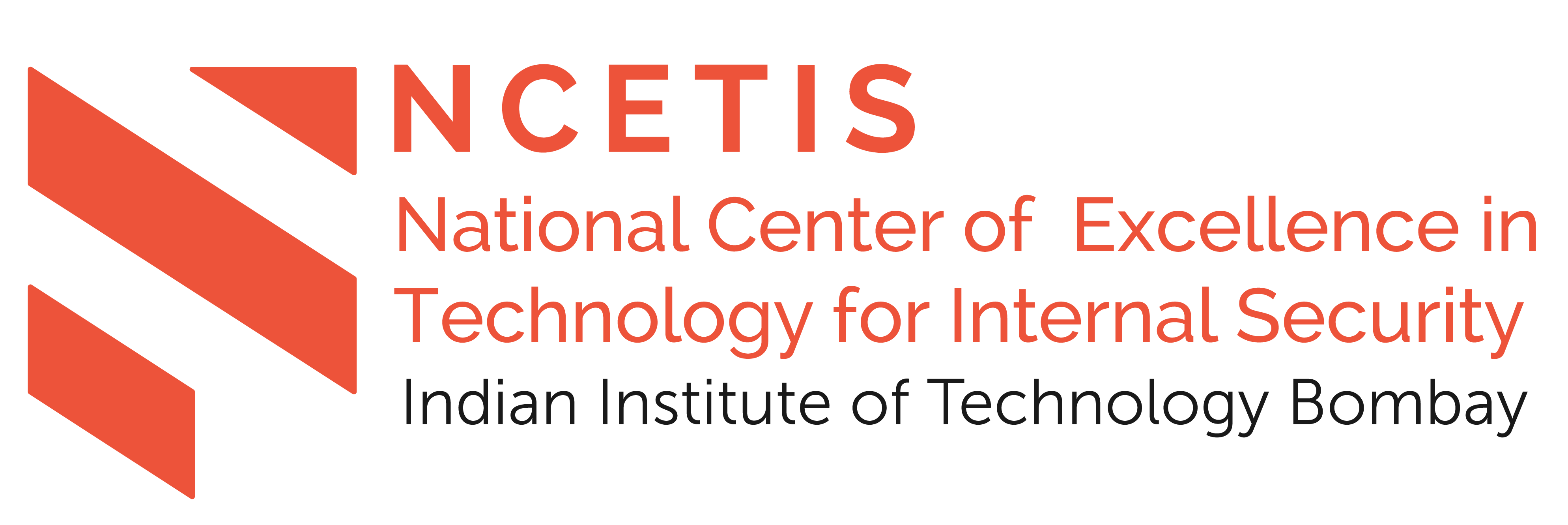ROBOTICS – The Convergence of Control, Computing & Communication Technologies
By Mr. Damodar V. Kadaba, BEL
Abstract:
1. Robotics :– The convergence of control, computing and communication technologies Machines have evolved over the years due to relentless efforts of engineers to simplify day to day life. Fast paced evolution of machines in recent times is due to advances in control, computing and communication technologies. Convergence of these technologies has led to feasibility of human like cognition in machines. A robot can be considered one such machine or a dynamical system driven by physical principles of motion controlled by actuators based on decision or inference drawn through perception of its surroundings. While robots’ ability to navigate in its surroundings is determined by computing or cognitive logic used for perception, its ability to communicate with a host or among peers in a group of robots is critical for accomplishing a mission in practical terms. The speaker will attempt to bring out analytical and practical aspects of control theory, navigation and guidance for mobile robotics applications and share experience of his team in developing such systems.
2. BEL’s strategy and initiatives leading to self-reliance in mobile robotics applications BEL has been a pioneer in providing technology solutions to the defence forces – from high performance radars to network centric warfare systems; secure point to point communication modules to software defines radios, SATCOM terminals to electro optic sensors. The spectrum of solutions developed and deployed place BEL in a unique position extend its pioneering efforts in the area of mobile robotics applications. With tactics employed in modern warfare by armies across the world turning the battle field into a digital one, unmanned machines are being vested with roles of traditional soldiers; from surveillance to intelligence gathering to attack missions. Due to the tactical edge it provides to our forces and business potential that it offers; BEL has forayed into development of technology modules for autonomous robotic solutions. BEL’s strategy is a mix of in-house competence building and leveraging industry partners with specific objective of evolving product line in short- and long-term perspective.
The speaker will attempt to provide a glimpse of BEL’s strategy for in-house development for self-reliance and discuss initiatives taken up by the organization to tap technological potential and business opportunity that mobile robotic solutions offer. This presentation outlines the work done under the Broadband Critical Communication System project at NCETIS, IIT Bombay in understanding and implementing parts of the PS-LTE standard to build a prototype showcasing the Push-to-Talk communication on an Android Smartphone as the end-user device.
Biography:
Damodar V Kadaba is currently working as Member (Senior Research Staff) at Central Research Lab, Bharat Electronics, Bangalore. Being the head of Unmanned Vehicles & Machine Intelligence (UMV&MI) group, he is leading a team of scientists developing software for enabling mobile robotic systems.
He received BE from University of Mysore (1997), and M.Tech. from IIT Delhi (1999), both in Electrical Engineering. He has been a student pursuing PhD at IISc (in Electrical Communication department) under external registration program. He joined radar signal processing group at Central Research Lab in the year 2000, and has been working in the area of waveform design, receivers, target detection, and tracking since then. Over the last two decades while serving BEL, he has contributed in development of design prototypes which have now been realized as products in BEL made radar systems such as RAWL 02 MkIIA, Flycatcher, Integrated Air Command & Control System (IACCS), and C4I systems such as ADC&RS, and MOD-CMS. His work in signal processing led to the design and implementation of software defined modules for UWB through wall imaging radar, and IFF reply processor systems such as Combined Interrogator & Transponder (CIT).
As a member and head of the Unmanned Vehicles & Machine Intelligence (UMV&MI) group for the last three years, he has created a talented set of scientists developing software for navigation, guidance and control of mobile robotic vehicles for surveillance and allied applications. He has been recipient of IETE -IRSI young scientist award in the year 2011. He has also received R&D excellence award for his innovative contribution to BEL product line.
